Foundry
According to the American Foundry Society, foundries or metal casting facilities is a $50 billion industry. From automotive and aerospace to industrial equipment and infrastructure, foundries play a part in many different industries. What exactly do foundries create? Metalwork casting is done which is when liquid hot metal is poured into a mold and heated. This process has been around for thousands of years to make jewelry, weapons, tools, and more. Today more uses of it include farm and construction equipment, appliances, sculptures, and more!
Learn More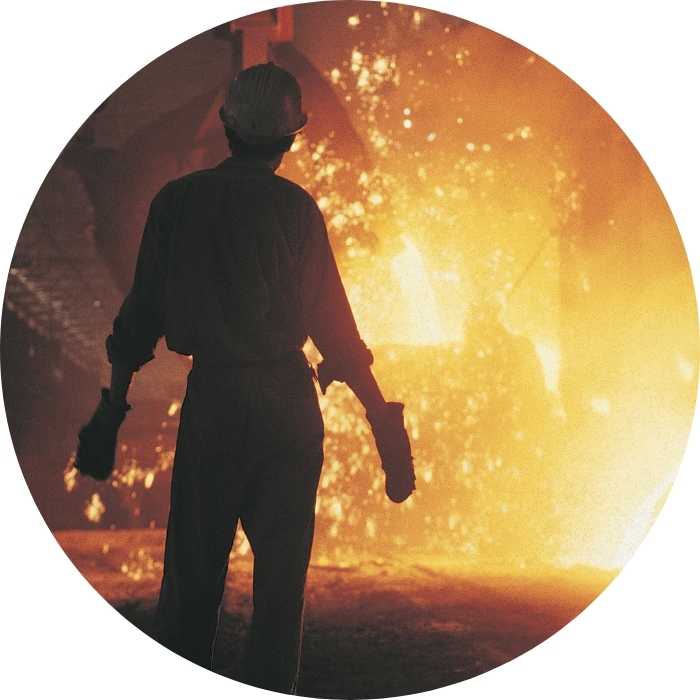
Processes
Foundries have many different processes where dust and fumes can be generated. First molds are created either out of plastic, sand, or wood. Then a metallic alloy is melted down and poured into the mold. Sometimes this is done in a furnace to protect workers against the heat. After it is cooled the cast is then removed from the mold and polished. This extensive process can generate dust particulate and toxic fumes.
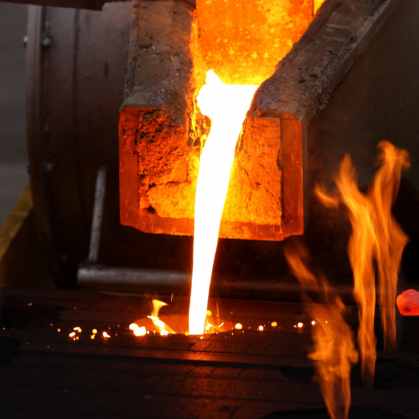
Dust Types
- Silica
- Slag
- Metallic Dust Particles
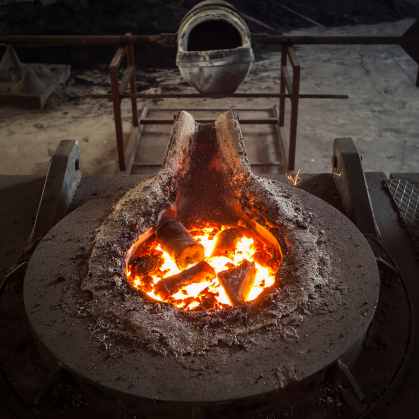
Health & Safety
Very fine dusts such as from sand (molds made for casting) contains silica which is very fine but can be very deadly. Long-term exposure to crystalline silica can lead to lung damage and other respiratory symptoms. Metallic dust particles and fumes that are generated as metal is melted down should also be captured and controlled. Foundries can be dangerous as workers are dealing with extremely high-temperatures and some chemicals used in the molding process. Personal protective equipment (PPE) is worn for protection; as well as respirators.
Dust collection is one way to keep workers safe and keep the foundry operating safely and efficiently.
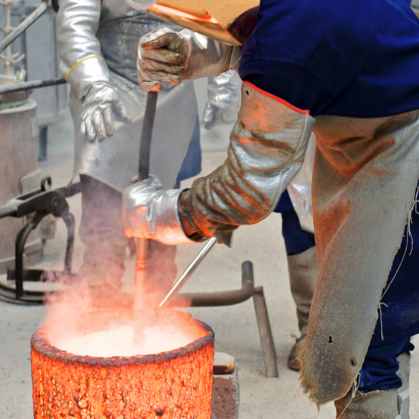
Following OSHA Regulations
With all the risks of foundries, workplace safety is a #1 priority. Like any other industrial application, foundries are regulated by OSHA. They have safety standards in place that facilities must follow to avoid penalties and to create an overall safe working environment. For example, OSHA Standard # 1910.1000 list exposure limits of concentrated air contaminants. Standard # 1910.1053 is about respirable silica to ensure that workers aren't exposed to a concentration of crystalline silica in excess of 50 μg/m3, calculated as an 8-hour time-weighted-average.
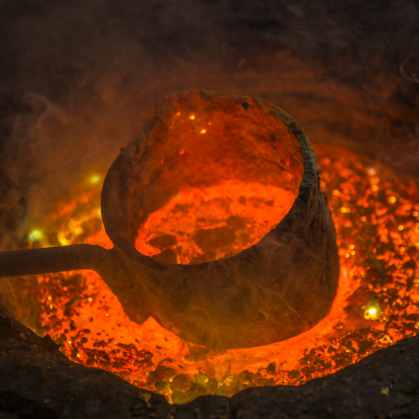
Combustible Dust Risks
A lot of dust generated at foundries is combustible. This means that it is extremely likely to combust when ignited by an ignition source. Ignition sources can be a spark generated from equipment, electrostatic discharges, or even something as simple as a cigarette butt. That is why it is so important that work areas are kept clean and dust-free.




